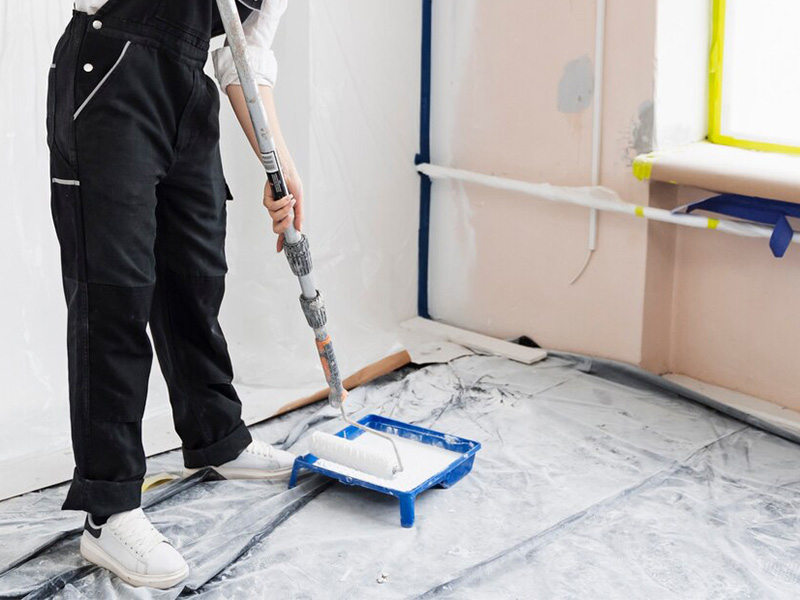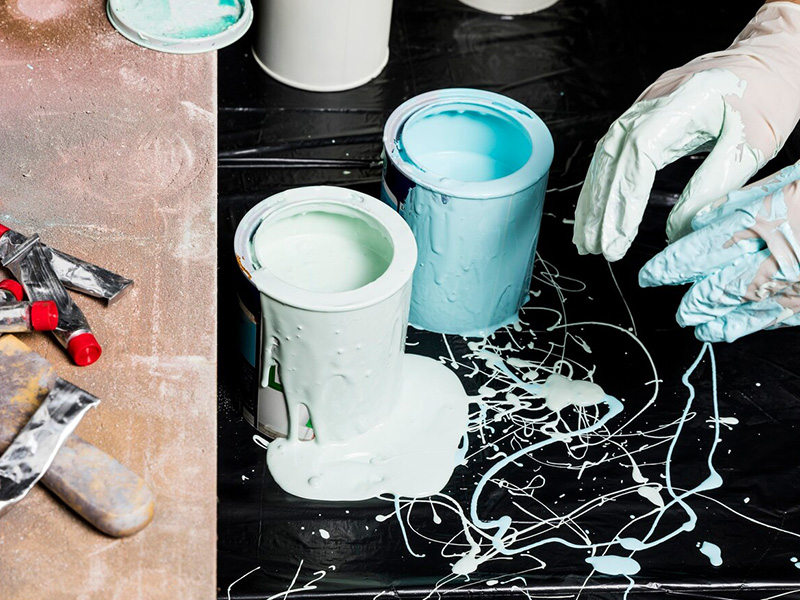Chlorinated rubber paint, as its name implies, is a type of paint derived from chlorinated rubber. This unique material offers a multitude of benefits, making it the ultimate choice for waterproofing and rust prevention applications.
Composition and Properties
Chlorinated rubber paint is primarily composed of chlorinated rubber, which is obtained by chlorinating natural or synthetic rubber. This process introduces chlorine atoms into the rubber molecules, altering their chemical properties and enhancing their durability and resistance to various environmental factors.
The paint possesses excellent waterproofing capabilities, forming a tight and impermeable barrier on the surface it is applied to. This barrier effectively prevents water from penetrating and causing damage to the underlying substrate. Additionally, chlorinated rubber paint exhibits strong rust prevention properties, as it creates a protective layer that shields metal surfaces from corrosion and oxidation.
Applications
Due to its superior waterproofing and rust prevention capabilities, chlorinated rubber paint is widely used in a variety of applications. These include:
Marine Environments: Ship hulls, docks, and other marine structures are constantly exposed to saltwater and corrosive elements. Chlorinated rubber paint provides a robust protective layer that withstands these harsh conditions, ensuring the longevity and structural integrity of the structures.
Industrial Settings: Factories, warehouses, and other industrial buildings often have metal structures and equipment that are susceptible to rust and corrosion. Chlorinated rubber paint is ideal for protecting these surfaces, extending their lifespan, and reducing maintenance costs.
Building Construction: Chlorinated rubber paint is also used in building construction, particularly for exterior walls, roofs, and other areas that are exposed to the elements. Its waterproofing properties help to prevent leaks and moisture damage, while its rust prevention capabilities protect metal components such as gutters and downspouts.
Automotive Industry: Vehicles, especially those used in harsh environments, require durable and protective coatings. Chlorinated rubber paint is often used on underbodies, frames, and other critical areas to protect against rust and corrosion.
Advantages
In addition to its waterproofing and rust prevention capabilities, chlorinated rubber paint offers several other advantages:
Durability: Chlorinated rubber paint is highly durable and resistant to wear and tear. It can withstand extreme temperatures, UV radiation, and chemical exposure, making it suitable for use in a wide range of environments.
Ease of Application: Chlorinated rubber paint is easy to apply and can be used with a variety of application techniques, including brushing, rolling, and spraying. This versatility makes it a popular choice for both professional and DIY projects.
Cost-Effective: Chlorinated rubber paint provides excellent value for money, as it offers long-lasting protection and requires minimal maintenance. This makes it a cost-effective solution for protecting surfaces from water damage and rust.
In conclusion, chlorinated rubber paint is a versatile and highly effective coating material that offers a multitude of benefits. Its waterproofing and rust prevention capabilities make it the ultimate choice for protecting surfaces in a wide range of applications. Whether you're working in the marine, industrial, or construction sectors, chlorinated rubber paint is a reliable and durable solution that will help to protect your surfaces and extend their lifespan.




